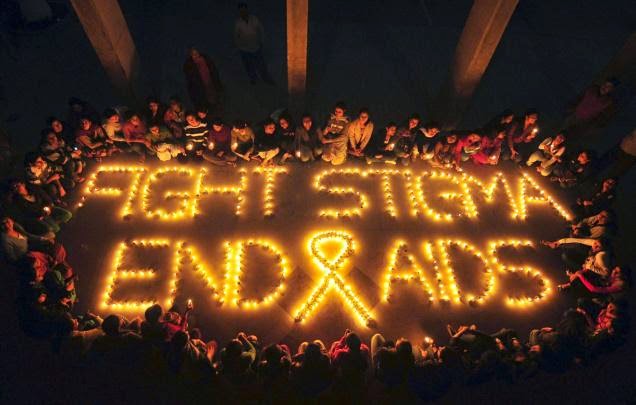Building
a Cape: Reflections on the Whitman-Walker
Walk to End HIV
By Sara Doverspike
 Superman was one of my favorite superheroes while I was
growing up. The guy had it all; the traditional charm of a small town boy, the
strength of whatever the storyline requires of him, and a humanitarian heart as
big as his abdominal muscles. But what I admired most about Superman was how he
utilized his super-human powers, especially the ability to fly. Flight in Superman’s context is associated with courage—to
do what is right, to actively fight for social justice. To put on a cape and
fly makes one visible as a hero, it takes away the comfortability of the status
quo, and encourages one to act in a way that makes them great. That makes them super.
Superman was one of my favorite superheroes while I was
growing up. The guy had it all; the traditional charm of a small town boy, the
strength of whatever the storyline requires of him, and a humanitarian heart as
big as his abdominal muscles. But what I admired most about Superman was how he
utilized his super-human powers, especially the ability to fly. Flight in Superman’s context is associated with courage—to
do what is right, to actively fight for social justice. To put on a cape and
fly makes one visible as a hero, it takes away the comfortability of the status
quo, and encourages one to act in a way that makes them great. That makes them super.
I made a cape for this year’s annual Whitman-Walker
sponsored Heroes Walk to End HIV in DC. It was a child-sized, Amazon-purchased
piece of synthetic material that had a WordArt designed “superhero” logo
package-taped to the back. It wasn’t particularly comfortable to wear, or
something that Marvel would invest in to be sported by the next big hero. I was
afraid that it wouldn’t be significant.
The Whitman-Walker Health clinic has a rich history
serving the greater Washington, DC area since 1973, and has been committed to
the “highest quality, culturally competent” healthcare for all individuals in
the community, with their particular expertise in LGBT and HIV care. This year
marked the 29th annual Walk to End HIV, featuring a superhero themed
fundraising walk and 5K to benefit Whitman-Walker and their commitment to
comprehensive and accessible healthcare to those affected by HIV/AIDS.
According to the CDC , more
than 1.2 million people in the United States are living with HIV, and about 1
in 8 people are unaware of their status. The lack of knowledge and testing can
largely be attributed to the stigma and discrimination attached to individuals
living with HIV, from how it is transmitted to the presumptions of the lives of
the people that HIV effects.
When I arrived at the walk, I was
overwhelmed by all of the capes being flown. They were all different kinds of
fabric and sizes, some were plain or multicolored, some had original logos, and
some came with a full super suit complete with pleather boots. And then some
came in the form of words of encouragement and personal stories about HIV has
affected their lives. Some capes were the dance moves of a group of strangers with
the help of the pre-walk warm up DJ. Some people put on their capes when they
asked someone for help, or advice about their status, or for a picture with
some of their HIV positive role models. And some capes were silently present in
solidarity, immersed in the atmosphere of a community dedicated to proving that
no cape had to fly alone. Every person had put on a cape; every person had
become significantly super.
When the walk began, hundreds of people consumed the streets
of downtown DC and all the capes weaved themselves together to create a
colorful and beautiful display of support for their friends, family, people
they haven’t met or would never meet, the people standing next to them, and
themselves. Together we flew through the streets, past the iconic Washington
monument and stopped all the cars and passerby in their tracks (who I would
presume were asking themselves the classic question of whether we were birds or
planes). The Superman I had loved long ago seemed less tangible and more
fictional than ever before, as I knew I was among the heroes who have fought
their battles without super strength or the ability to flee to the sky when
problems on the ground are tough. These are the people that walk among us and
achieved greatness through their courage in the everyday. They’ve had capes on
all along, even when I hadn’t noticed.
After the walk, I tucked my synthetic cape neatly away in
the closet. I haven’t taken it out since; but every now and again, when I’m
reminded, I feel its presence.
Resources
To learn more about Whitman-Walker and the
Walk to End HIV:
To find the closest testing center:
To find a testing center and knowledge about
testing/your status:
Know you are not alone! There are plenty of
resources available to connect friends living with HIV, such as this
encouragement wall:
You are
strong. You are loved. You are super!
Sara Doverspike is a Stigma, Discrimination, and Gender Intern at the International Center for Research on Women, and proud to be a stigma warrior.











